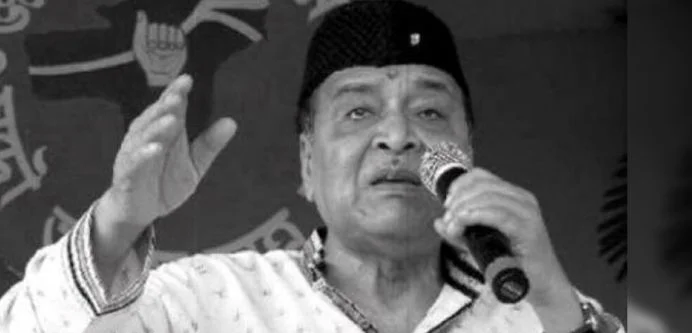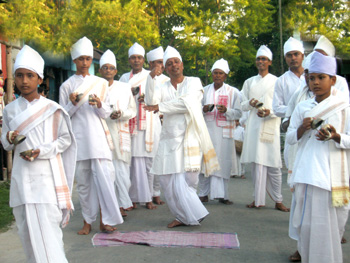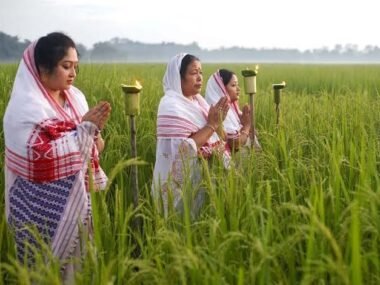Discover the essence of Magh Bihu 2024 on Kihikila.in. Unveil the cultural significance, rituals, and joyous celebrations of this harvest festival in Assam.
Magh Bihu, also known as Bhogali Bihu, is one of the most vibrant and culturally rich festivals celebrated in the northeastern state of Assam, India. This harvest festival marks the end of the winter season and ushers in the much-awaited spring. In this comprehensive guide, we will delve into the roots of Magh Bihu, its historical significance, the rituals associated with its celebration, and why it holds a special place in the hearts of the Assamese people.
Understanding Magh Bihu
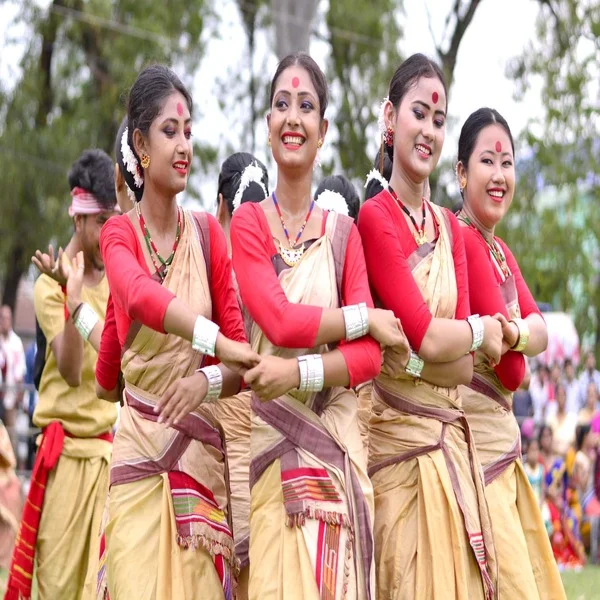
Magh Bihu falls on the last day of the Assamese month of Magh, usually in mid-January. The festival is deeply rooted in agrarian traditions, as it revolves around the harvest of the winter crops. As the people of Assam reap the benefits of their hard work in the fields, Magh Bihu becomes a time of joy, gratitude, and festivity.
Date of Magh Bihu 2024
Magh Bihu 2024 is set to be celebrated on January 16th, marking the culmination of the month of Magh. This date is not only a time for agricultural rejoicing but also holds cultural and social significance.
Historical Significance
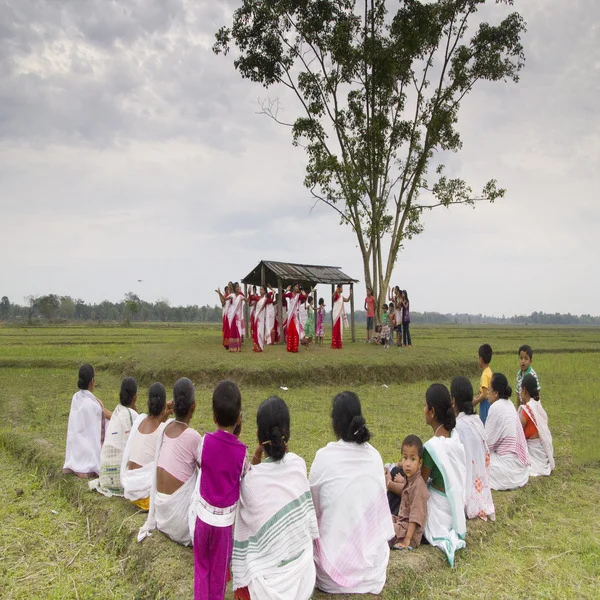
To truly understand the essence of Magh Bihu, it’s crucial to delve into its historical roots. The festival traces its origins to ancient agrarian societies where the cycle of sowing and harvesting was central to the way of life. As the tradition evolved, so did the customs associated with Magh Bihu.
Magh Bihu is believed to have connections with the ancient festival of Makar Sankranti, a pan-Indian festival celebrating the sun’s journey into the northern hemisphere. In Assam, this transition is marked by lighting traditional bonfires called ‘Meji’ and engaging in various cultural activities.
Rituals and Celebrations
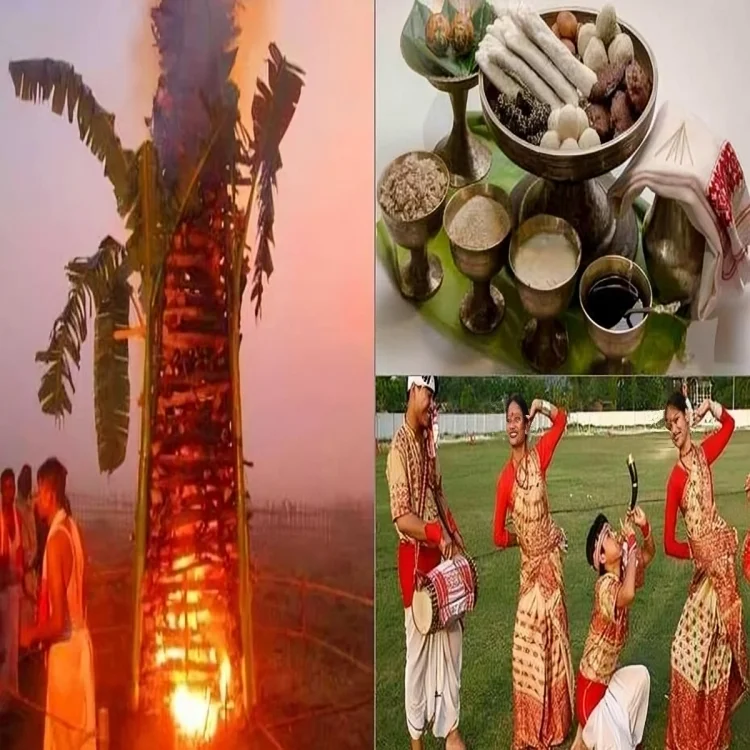
The celebrations of Magh Bihu are spread over several days, each marked by unique rituals and festivities.
1. Uruka: The Eve of Magh Bihu
On the eve of Magh Bihu, known as Uruka, people come together to build makeshift huts called ‘Bhelaghar’ with bamboo and thatch. These huts serve as community spaces where friends and family gather to celebrate and feast.
2. Meji and Bonfire
The highlight of Magh Bihu is the lighting of Meji, a bonfire made of bamboo, thatch, and other wood. The Meji represents the culmination of the harvest season and is a symbol of purification. People dance around the bonfire, singing traditional Bihu songs and indulging in the joyous atmosphere.
3. Feasting and Traditional Cuisine
No festival is complete without a sumptuous feast. Magh Bihu is synonymous with mouth-watering Assamese delicacies like ‘Laru’ (sesame and jaggery sweets), ‘Pitha’ (rice cakes), and ‘Xaru’ (traditional Assamese meal). The feast fosters a sense of community and togetherness.
Why Magh Bihu Is Celebrated
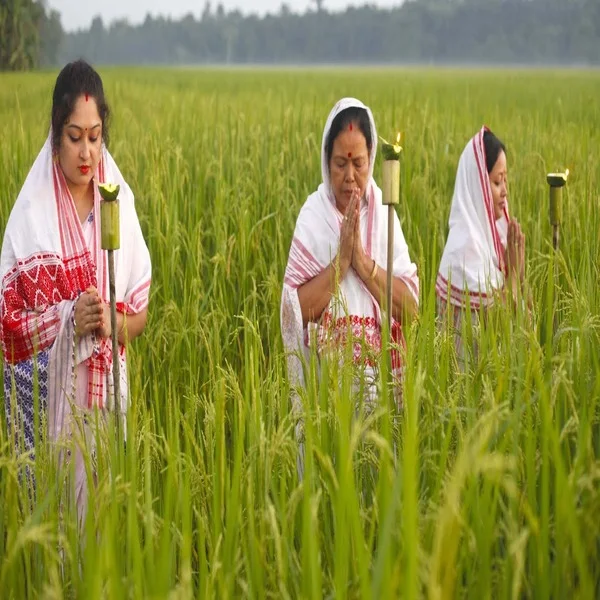
Magh Bihu holds immense cultural and agricultural significance for the people of Assam. It not only marks the successful culmination of the harvesting season but also serves as a time for social bonding and community cohesion. The festival bridges the gap between generations, as elders pass down traditional customs and values to the younger members of the community.
Festivals of Assam and Bihu Festival
1. Rongali Bihu
Magh Bihu is just one part of the trio of Bihu festivals celebrated in Assam. Rongali Bihu, also known as Bohag Bihu, marks the Assamese New Year and the onset of the Assamese spring. It usually falls in April and is celebrated with grandeur, colorful dances, and traditional music.
2. Kongali Bihu
Kongali Bihu, observed in October, is a somber celebration that focuses on worship and reflection. People light earthen lamps and pray for a bountiful harvest in the coming season.
3. Magh Bihu
As we’ve explored in detail, Magh Bihu is a harvest festival celebrated in January, showcasing the rich cultural heritage and agricultural practices of Assam.
Tips for a Memorable Magh Bihu Celebration
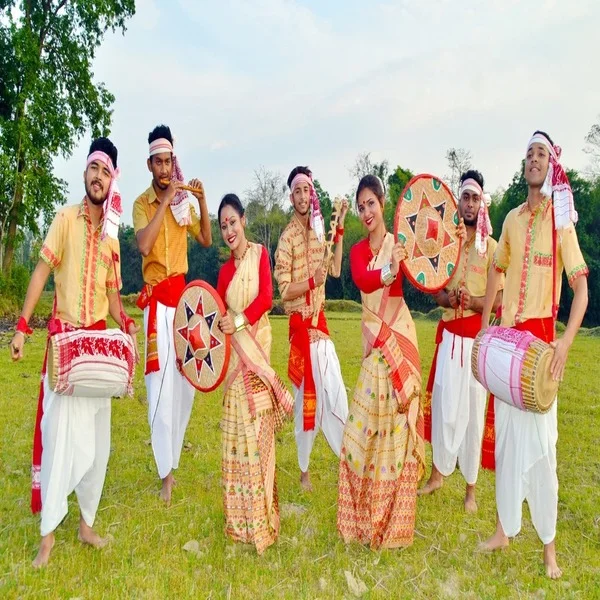
Traditional Attire: Embrace the spirit of the festival by donning traditional Assamese attire like Mekhela Chador or Gamosa.
Cultural Performances: Participate in or witness traditional Bihu dance performances, a hallmark of Magh Bihu celebrations.
Gift Exchanges: Share the joy by exchanging handmade gifts with friends and family, reinforcing the spirit of togetherness.
FAQs
Q1: Is Magh Bihu only celebrated in Assam?
Yes, Magh Bihu is primarily celebrated in Assam, reflecting the unique cultural and agricultural practices of the region.
Q2: Are there any specific customs associated with Magh Bihu?
The lighting of Meji, feasting, and traditional dances are some of the key customs associated with Magh Bihu.
Q3: How long does the Magh Bihu celebration last?
The Magh Bihu festivities typically span over a week, with different rituals and activities on each day.
Celebrate Magh Bihu with Kihikila.in
To make the most of your Magh Bihu celebrations, explore the rich content on Kihikila.in. Check out our blogs on the significance of festivals in Assam and dive into the cultural tapestry of Bihu festivals.
For more information, contact us or call our helpline at [Insert Phone Number]. Celebrate Magh Bihu with Kihikila.in – where culture comes alive!




